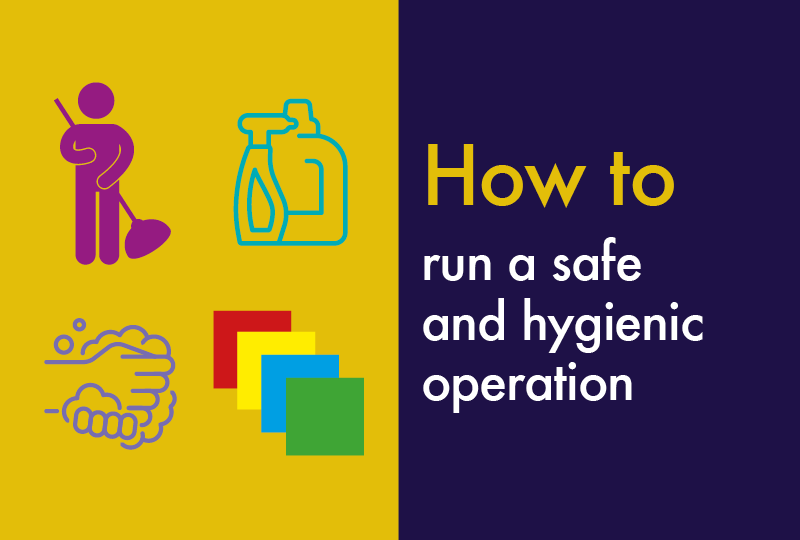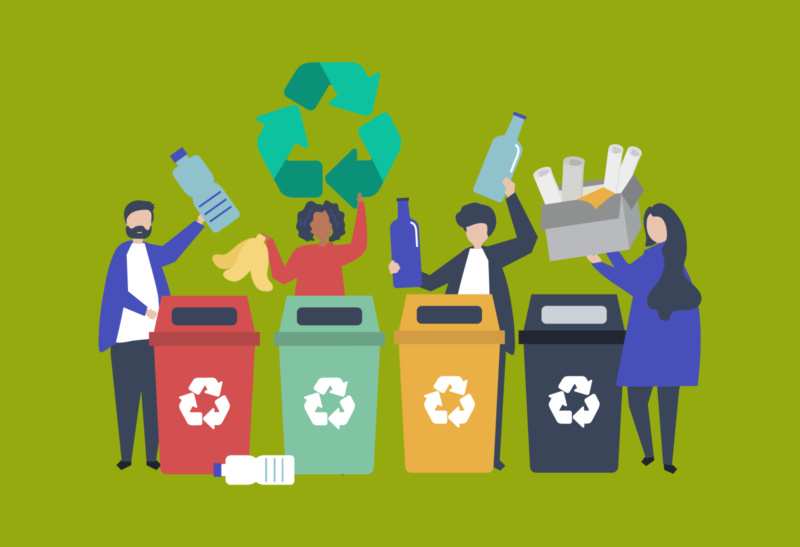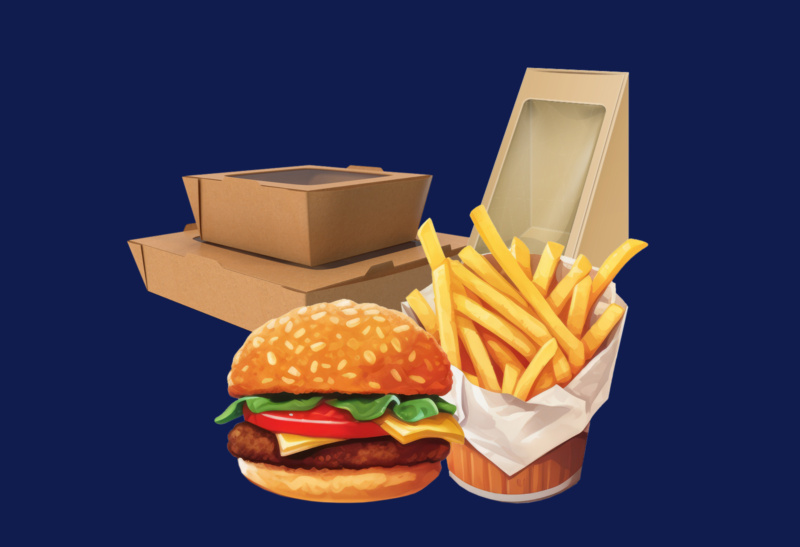Never before has hand washing, sanitising and toilet paper been so talked about now that we find ourselves living with Covid-19. Boris Johnson told us after the first Covid-19 Cobra meeting on the 2nd March that we should wash our hands whilst singing Happy Birthday. * This may have felt strange to some of us, was this our only game plan to stop the virus from spreading?
Hand sanitiser is the next best solution if there are no washing facilities available, but where did it all go? The World Health Organization (WHO) expects the healthcare industry to need 2.9 billion litres of sanitiser per month, which is 35 billion a year. Before the pandemic the world produced around three billion litres per year… this explains the current shortage of the product! **
You might be thinking, what does this all mean for out-of-home catering establishments? Running a safe and hygienic operation has always been a top priority but it comes with hidden costs that customers don’t see.
Now is the time to really think of it as your biggest asset; hygiene becoming your greatest USP to keeping your customers satisfied. Cleaning will become more emphasised and visible than ever before, as consumers will want to know that where their food is made and where they eat, is clean and safe. They will be quick to remember if cleanliness is not as expected which can be damaging to your business through word-of-mouth! In fact 50% of customers with a bad experience with cleanliness will spread the word. ***
Hygiene is on everyone’s mind, right? So now is the time for you to prepare what new steps you will be taking.
But what are the key considerations to take ensuring cleanliness is higher than customer expectation? That is why we recommend looking at five main aspects:
- Clean Hands
Now is the time to get good hand washing procedures in place for your staff and make multiple hand washing facilities available to your customers. Where there are no hand washing stations, provide clearly marked hand sanitiser areas. Remember these need to be cleaned regularly!
- Two- stage cleaning
The two-stage cleaning process is part of a regular internal and external environmental health audit. It involves cleaning the areas with a multipurpose cleaner to remove dirt from surfaces, followed by disinfecting the area with a sanitiser. Remember to look at the required contact time for the sanitiser you are using. Most of them work between 30 second – 5 minute contact time for optimum effectiveness.
- Janitorial colour-coding
The materials you use for cleaning are just as important as the chemicals and by applying a colour-coded cleaning system, cross contamination can be prevented between areas. By adopting this method of cleaning, specific colours are used for designated areas when cleaning. The industry cleaning colours are: blue for general cleaning, green for food areas, red for sanitary appliance and yellow for cleaning the rest of the washroom.
- Get your Hygiene Rating
Gaining and maintaining your five star food hygiene rating is the ultimate shot-out to have. It will give your customers confidence that you take great pride and care in your hygiene standards.
- Importance of paper and hygiene
Drying your hands is just as important as washing them. Hand dryers are not effective in killing viruses and they may actively spread germs…so stock up on your paper hand towels!
The year of 2020 will be remembered as the year we all washed our hands, toilet paper was seen as a luxury item and hygiene was on everyone’s mind!
Sources:
*Guardian online 2020
**BBC 2020
***Modern Restaurant Management 2019



